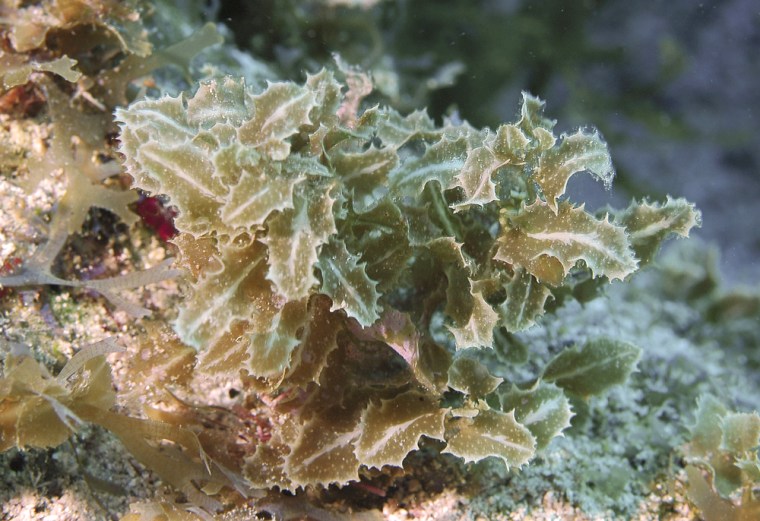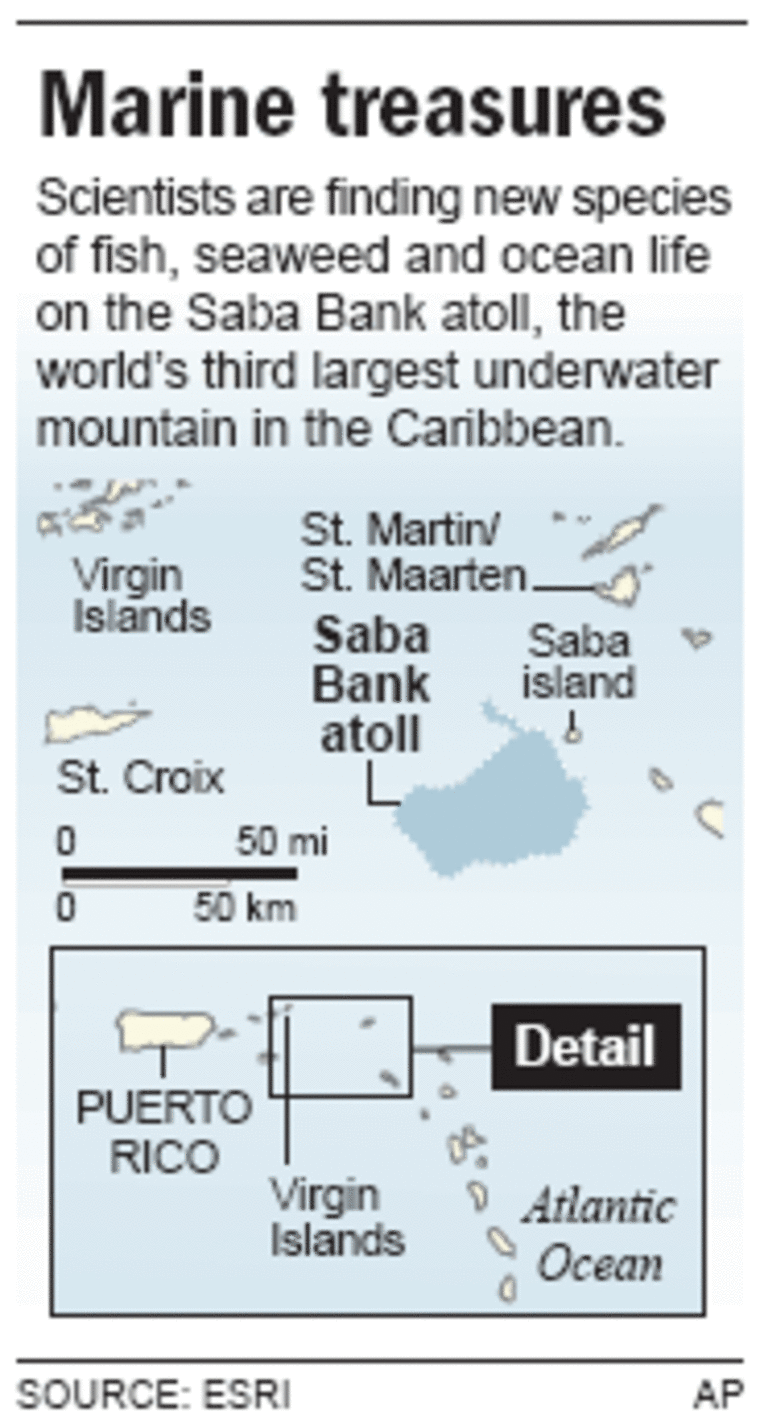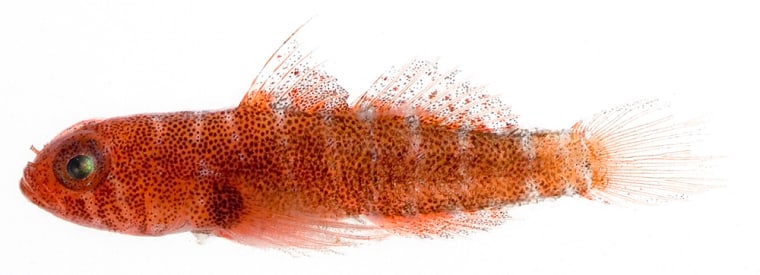Scientists have found new species of fish and seaweed on a Caribbean coral atoll that may be the most diverse marine habitat in the Atlantic region, they said on Tuesday.
Divers in January found two new species of goby fish — each about a third of an inch long — and a dozen new species of seaweed in a two-week study of the Saba Bank Atoll in the Dutch Windward Islands, 150 miles southeast of Puerto Rico.
“The atoll was poorly explored with only about 35 fish species known previously,” said Michael Smith, of Conservation International in Washington. “Including the new species we found in total about 200 species of fish.”
The new species of goby fish, one pink, the other white, were found in corals and sponges by a joint expedition from the Netherlands Antilles government, the U.S. Smithsonian Institution and Conservation International.
“The team were all people who make discoveries by looking in the most obscure places for the most obscure things,” Smith said.
Comparing ‘hot spots’
Smith said the range of life probably made the Saba Bank the most diverse habitat in the Atlantic Ocean region, eclipsing places such as the straits of Florida and the northern coast of Venezuela.

Still, he said, some atolls in the western Pacific and Indian Oceans were even more diverse “hot spots.” Worldwide, an average of 6-7 new species of marine fish were found every month last year.
Scientists said the diversity of Saba could bolster arguments for more protection. World leaders agreed at a 2002 Earth Summit to try to slow the loss of the world’s biodiversity by 2010.
“The community of about 1,500 people on nearby Saba Island derives a large part of its economy from the atoll, and the atoll is being damaged,” said Paul Hoetjes, a marine biologist with the Ministry of Nature Affairs for the Netherlands Antilles.
Shipping concerns
The damage comes from ships that wait at the atoll to avoid anchoring fees at nearby ports.

Those ships also endanger local fishermen in small boats, forcing them from traditional fishing grounds as well as causing the loss of fish pots that become “ghost traps” that reduce fish stocks.
Leroy Peterson, a Saba fisherman, expressed hopes of tighter controls on tankers and other ships. “There should be no-anchor zones. For things to survive there must be stricter controls,” he said.
The Saba mount stretches from a peak about 24 feet below sea level to a sea floor about 5,400 feet deep, and has corals crowning the top.
Smith said a Dutch expedition next month would probe deeper that the recent trip. “If you can go deep the whole Caribbean is poorly known,” especially beyond about 600 feet where light fades away, he said. “Going deeper is a world of surprises.”
